– By Harshita Dangwal

“The supreme art of war is to subdue the enemy without fighting.”
― Sun Tzu, The Art of War
A brief history of time
Located in South Asia, Afghanistan is a beautiful and multiethnic landlocked neighbouring country of India. Despite their proximity, these two nations share a deeply rooted sense of integrity, multilateralism, humanitarian aid and solidarity that has boosted their diplomatic relations even further over the years. There is no doubt that India’s ties to Afghanistan have been historically exemplary, whether through the 1950’s Treaty of Friendship or diplomatic recognition of Soviet-backed Afghanistan during the 1980s or assistance in the overthrow of the Taliban in the 1990s or a shared love for the culture of both nations.
The Republic of India has always been a strong supporter of various construction and re-construction projects in Afghanistan, the largest regional provider of humanitarian assistance during the 1990s Taliban era and the fifth largest global donor of funds to strengthen the Afghan education system. Despite various challenges over the years, both nations were going strong in terms of mutual bureaucracy and assistance.
What went wrong?
Back in the 1990s, The Taliban, a predominantly Pashtun Islamic fundamentalist group emerged in Northen Pakistan following the withdrawal of Soviet troops from Afghanistan. It has been recognized as one of the many terrorist organizations that have committed violence under the pretence of restoring peace and security under their own austere interpretation of Islamic law.
On February 29, 2020, the United States and the Taliban signed an agreement in Doha to end the war in Afghanistan. Thousands of miles away, in Kabul, U.S. Secretary of Defense Mark Esper stood next to Afghan President Ashraf Ghani at a news conference and issued a joint declaration. It outlined a four-stage process for a “comprehensive and sustainable peace agreement,” culminating in a “permanent and comprehensive ceasefire.”
Lately, with the Taliban seizing control of Afghanistan and being recognised as non-state actors, it becomes extremely important to address the unstable administration and its possible implications to India’s long term interests.
With the Taliban getting power in Afghanistan, there has been a continuous structural shift in the bilateral relations between the nations. As a consequence of the February 29 agreement, it was deemed fairly probable that the Afghan government would initiate direct talks with the Taliban with respect to control & governance of the country’s state of affairs which in turn would have allowed India to reposition its imperatives and talk to Taliban factions with a clearer sense of political purpose. However, this probability popped like a bubble when Afghan President Ashraf Ghani fled the country as soon as Taliban militants advanced the capital, Kabul on 15th August.
“Leaving Kabul was the most difficult decision of my life,” Ghani communicated, adding that he was sorry he “could not make it end differently”.
After the President stepped down, Afghan governance and negotiations with the Taliban stalled with citizens panicking over yet another traumatic future of the landlocked nation.
Hence, seeing the Taliban regime with power and position in hand, the citizens of the country began to flee and seek refuge in neighbouring countries so as to escape from what is believed to be a harsh rule of the Taliban in years to come. Now, as the hard reality sets in, worldwide nations have recognised ‘diplomacy’ as the de facto method in engaging with the new ruling regime of the Taliban.
The way forward – the Indian perspective
The official Indian position on reconciliation supports “an Afghan-led, Afghan-owned and Afghan-controlled process for enduring peace and reconciliation in Afghanistan.”
As a consequence of the withdrawal of American troops from Afghanistan and the resulting political instability, India is obligated to proceed with caution and advance diplomacy. It needs to identify and mitigate expected risks that come with the Taliban regime.
India has also been able to invest in Afghanistan’s future partially because of the presence of U.S.-led troops and the relative stability it brought. With this stability at risk, India needs to urgently reposition its priorities.
As aforementioned, India-Afghanistan relations have always been bilaterally efficient. More than 20 years of a relationship that dates back centuries is at stake if India doesn’t intervene and continues to stay ignorant. According to statistics – the Taliban’s possible triumph also threatens $3 billion worth of Indian investment in various projects — dams, roads, trade infrastructure. India’s assistance to Afghanistan: No part of Afghanistan today is untouched by the 400-plus projects that India has undertaken in all 34 of Afghanistan’s provinces.
Possible risks:
- It’s no surprise that the Taliban’s infamous history with terrorism is the major de facto of Afghanistan’s future. U.S.-Afghanistan’s agreement to combat terrorism on Afghani soil is ambiguous and little clarity exists as to how non-state actors are planning o implement and enforce this consensus.
- Another cause for concern is Pakistan’s Inter-Services Intelligence Directorate, which has been linked to the Taliban’s Haqqani Group numerous times and proves to be a possible threat to national security.
- Moreover, the Taliban regime and its violent record in the past makes it hard to trust them blindly and therefore shouldn’t be taken at face value.
How can India engage?
India organized the November Afghan regional security dialogue at a time when most of Afghanistan’s neighbours were recalibrating their positions on the Taliban regime. The joint declaration of India, Russia, Iran, Kazakhstan, Kyrgyzstan, Uzbekistan, Turkmenistan, and Tajikistan highlighted the need for a more inclusive Afghan government while emphasizing concern about terrorism, terror financing, and radicalization in Afghanistan.
Therefore, India can no longer afford to ignore the option of engaging more in international negotiations and even talking to certain sections of the Taliban as part of a broader diplomatic initiative. India’s long-term interests in Afghanistan will be adversely affected if it leaves the reconciliation process primarily to an unstable government in Kabul.
With a puzzling environment and a cryptic future that surrounds Afghanistan now, India can engage in the following ways to protect its national interest while at the same time extending humanitarian support to Afghani civilians:
- Diplomatic Engagement via Special envoy: India should consider appointing a special envoy/ representative dedicated to Afghan reconciliation. By reaching out to Taliban representatives and ensuring that Indian views are heard at every meeting, the envoy can expand engagement with the Afghan government and other political players. It will also enable a healthy and transparent discussion on what now stands next for the citizens of Afghanistan.
- Continued Training and Investments: As it did in the past, India should continue providing more efficient military training to Afghan security forces and invest in longer-term capacity-building programs. The National Directorate of Security (for example, by providing training and sharing intelligence) should be actively supported and invested in. Finally, given the continued levels of violence and the impact of the coronavirus on the Afghan economy, India should expand its development assistance for humanitarian aid and restructure the face of the new Afghan.
- Together in spirit: India should think about expanding its engagements with Iran and Russia, exploring the possibility of cooperation with China (however limited it may be), and establishing a working relationship with the United States regarding Afghanistan. A broader diplomatic initiative is necessary in order to identify convergence zones. This does not mean forcing competing interests to align; rather, it implies investing in a wider diplomatic initiative.
- Investing in tourism: As cryptic as it may sound, it is high time the world knows what goes on in Afghanistan. India, along with other members of the state can assist in developing the economy of Afghanistan by conducting cultural exchange programmes or tourism activities under the purview of the Taliban regime who can certainly take a lesson from the books of culturally diverse nations around the world mitigating risk and working together towards a progressive future.
Believe it or not, the Taliban regime is here to stay. Therefore, the worldwide nations can no longer ignore the needs of Afghanistan, even if it means assisting the supposedly new government. At the end of the day, it is the citizens that shall require maximum support in terms of investment in education, food security and a better lifestyle to evolve and develop the nation of Afghanistan as it used to be. To help the people of Afghanistan overcome the losses and replace them with a better perspective and a safe future of promised freedom, the developed and developing countries must extend their own assistance and the multilateral institutions like the United Nations must provide a solid basis of support.
References :
- “What Is The Taliban?”. Council On Foreign Relations, 2022, https://www.cfr.org/backgrounder/taliban-afghanistan.
- Rudra Chaudhuri, Shreyas Shende. “Dealing With The Taliban: India’S Strategy In Afghanistan After U.S. Withdrawal”. Carnegie India, 2022, https://carnegieindia.org/2020/06/02/dealing-with-taliban-india-s-strategy-in-afghanistan-after-u.s.-withdrawal-pub-81951.
- “India’S Search For A New Role In Afghanistan”. Middle East Institute, 2022, https://www.mei.edu/publications/indias-search-new-role-afghanistan.
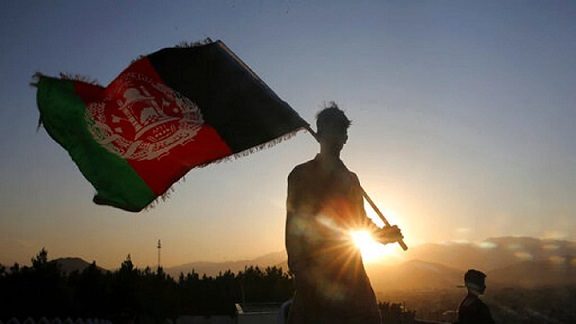
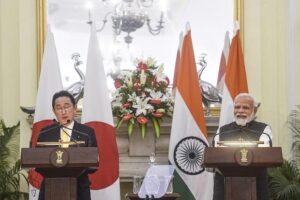


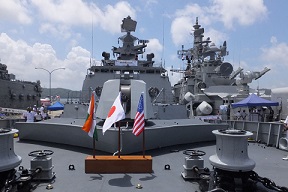
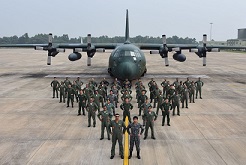



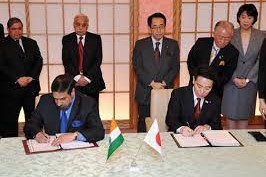

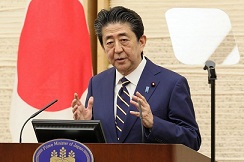
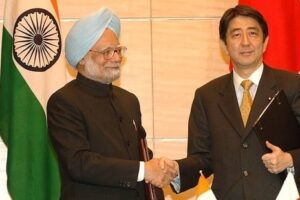

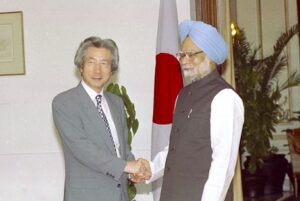
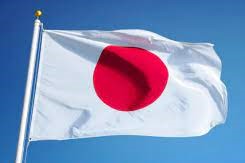
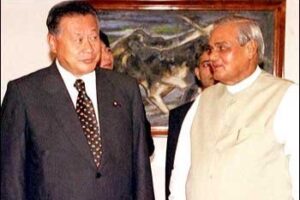

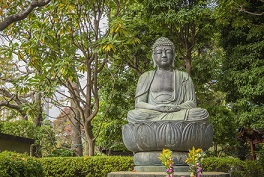



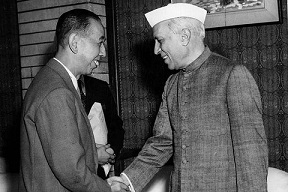



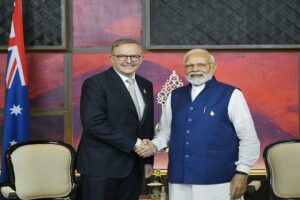



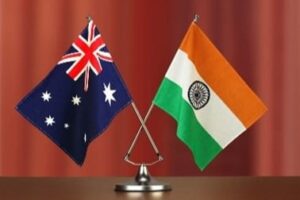
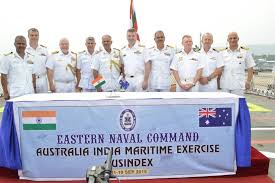

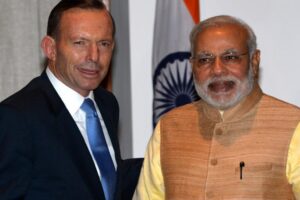
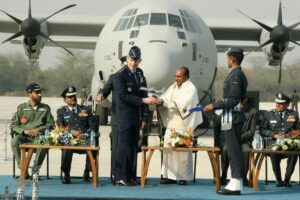




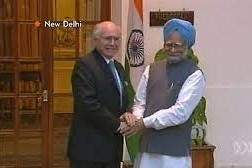

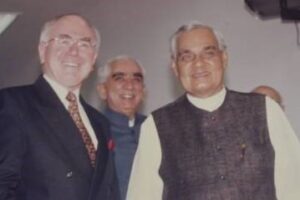



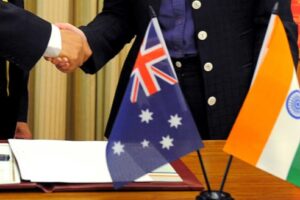


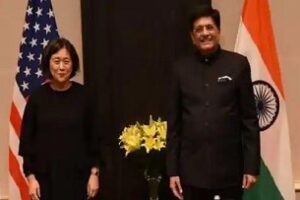
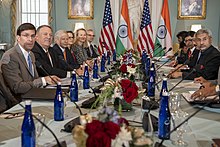

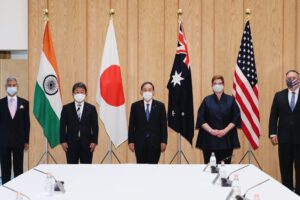

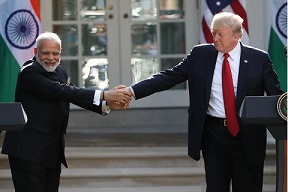
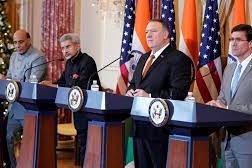

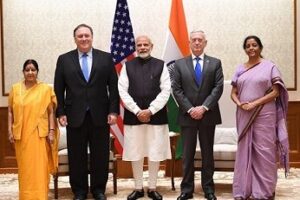
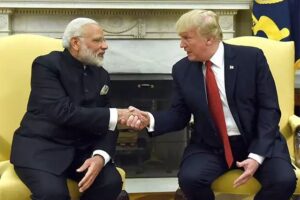
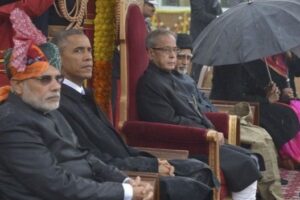

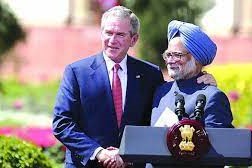
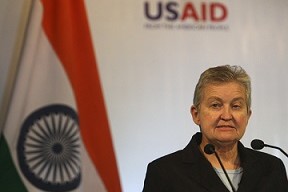
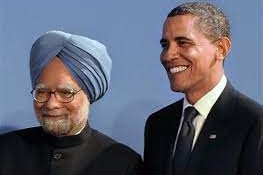
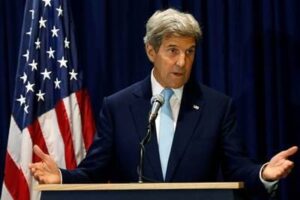

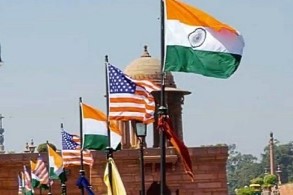
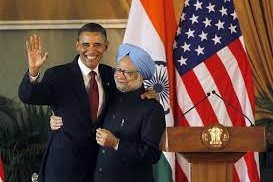

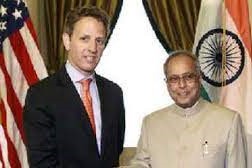

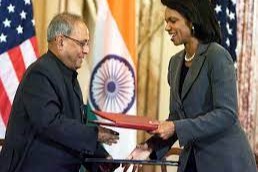

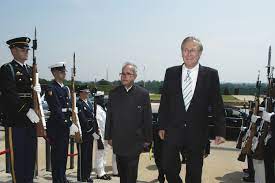


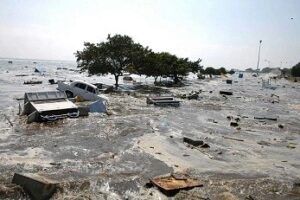

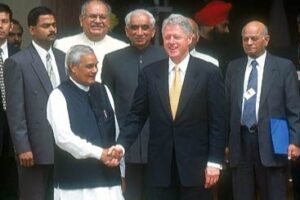

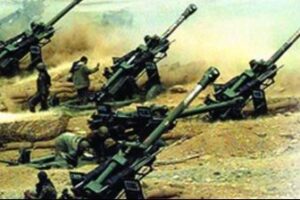
 onducted a total of five underground nuclear tests, breaking a 24-year self-imposed moratorium on nuclear testing. Pakistan followed, claiming 5 tests on May 28, 1998, and an additional test on May 30. The unannounced tests created a global storm of criticism, as well as a serious setback for decades of U.S. nuclear nonproliferation efforts in South Asia. On May 13, 1998, President Clinton imposed economic and military sanctions on India, mandated by Section 102 of the Arms Export Control Act (AECA), and applied the same sanctions to Pakistan on May 30. Some effects of the sanctions on India included: termination of $21 million in FY1998 economic development assistance; postponement of $1.7 billion in lending by the International Financial Institutions (IFI), as supported by the Group of Eight (G-8) leading industrial nations; prohibition on loans or credit from U.S. banks to the government of India; and termination of Foreign Military Sales under the Arms Export Control Act. Humanitarian assistance, food, or other agricultural commodities are excepted from sanctions under the law.
onducted a total of five underground nuclear tests, breaking a 24-year self-imposed moratorium on nuclear testing. Pakistan followed, claiming 5 tests on May 28, 1998, and an additional test on May 30. The unannounced tests created a global storm of criticism, as well as a serious setback for decades of U.S. nuclear nonproliferation efforts in South Asia. On May 13, 1998, President Clinton imposed economic and military sanctions on India, mandated by Section 102 of the Arms Export Control Act (AECA), and applied the same sanctions to Pakistan on May 30. Some effects of the sanctions on India included: termination of $21 million in FY1998 economic development assistance; postponement of $1.7 billion in lending by the International Financial Institutions (IFI), as supported by the Group of Eight (G-8) leading industrial nations; prohibition on loans or credit from U.S. banks to the government of India; and termination of Foreign Military Sales under the Arms Export Control Act. Humanitarian assistance, food, or other agricultural commodities are excepted from sanctions under the law. 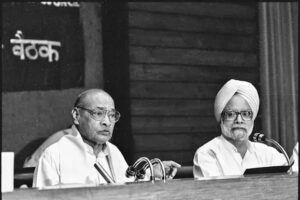
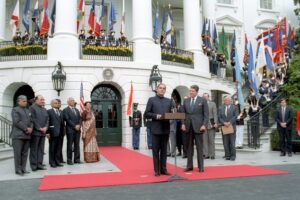



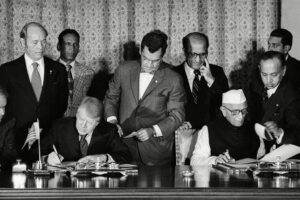
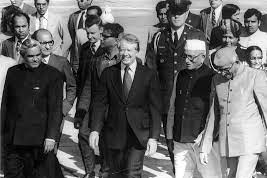
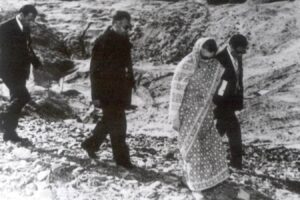
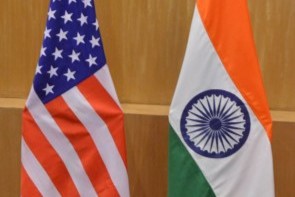

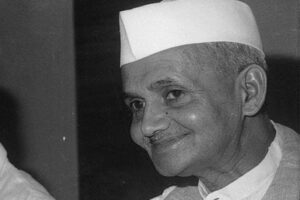

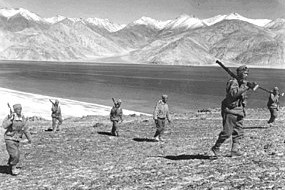
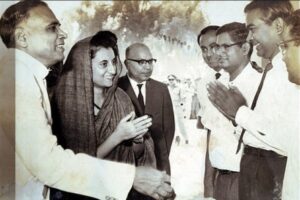
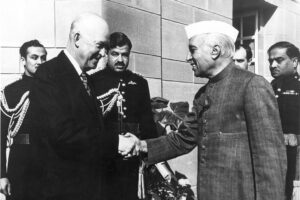

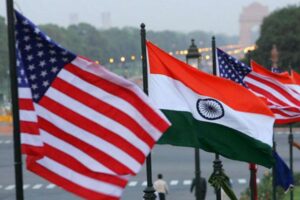
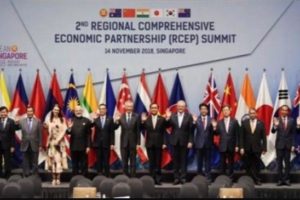 The first ministerial level meeting of QUAD was held on the sidelines of the United Nations General Assembly in New York. Before this, the QUAD had
The first ministerial level meeting of QUAD was held on the sidelines of the United Nations General Assembly in New York. Before this, the QUAD had AusIndEx is an exercise between India and Australia which was first held in 2015.The Australian
AusIndEx is an exercise between India and Australia which was first held in 2015.The Australian 



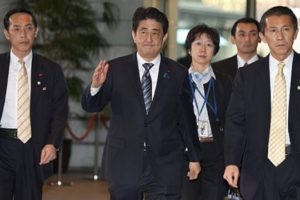
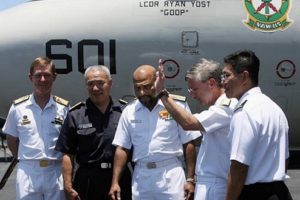


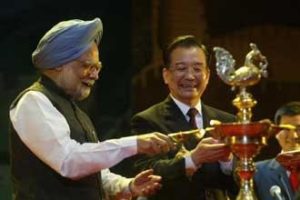 On recommendations of the Japanese government, the four countries met at Manila, Philippines for ASEAN Regional Forum (ARF) originally, but also ended up having a meeting of what we call the first meeting of four nation states on issues of
On recommendations of the Japanese government, the four countries met at Manila, Philippines for ASEAN Regional Forum (ARF) originally, but also ended up having a meeting of what we call the first meeting of four nation states on issues of 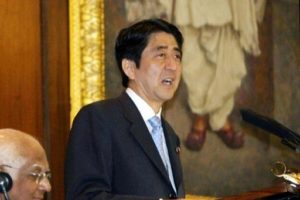 On his official visit to India, Japanese PM Mr. Shinzo Abe reinforced the ties of two nations, i.e., Japan and India with his famous speech about
On his official visit to India, Japanese PM Mr. Shinzo Abe reinforced the ties of two nations, i.e., Japan and India with his famous speech about  In 2007, Japanese President Shinzo Abe resigned from his post citing health reasons. This had a significant impact on QUAD as he was the architect & advocate of QUAD. His successor, Yasuo Fukuda, did not take up QUAD with such zeal leading to dormancy of the forum. (
In 2007, Japanese President Shinzo Abe resigned from his post citing health reasons. This had a significant impact on QUAD as he was the architect & advocate of QUAD. His successor, Yasuo Fukuda, did not take up QUAD with such zeal leading to dormancy of the forum. ( Japan earthquake and tsunami of 2011, also called Great Sendai Earthquake or Great Tōhoku Earthquake, was a 9.0 magnitude earthquake which struck below the floor of the Western Pacific at 2:49 PM. The powerful earthquake affected the northeastern coast of Honshu, Japan’s main island, and also initiated a series of large tsunami waves that devastated coastal areas of Japan, which also led to a major nuclear accident. Japan received aid from India, US, Australia as well as other countries. US Navy aircraft carrier was dispatched to the area and Australia sent search-and-rescue teams.
Japan earthquake and tsunami of 2011, also called Great Sendai Earthquake or Great Tōhoku Earthquake, was a 9.0 magnitude earthquake which struck below the floor of the Western Pacific at 2:49 PM. The powerful earthquake affected the northeastern coast of Honshu, Japan’s main island, and also initiated a series of large tsunami waves that devastated coastal areas of Japan, which also led to a major nuclear accident. Japan received aid from India, US, Australia as well as other countries. US Navy aircraft carrier was dispatched to the area and Australia sent search-and-rescue teams. 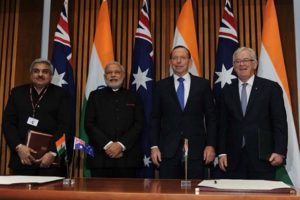 India and Australia signed the
India and Australia signed the  The India-Japan Agreement for Cooperation in the Peaceful Uses of Nuclear Energy was signed on 11 November, 2016 and came into force on 20 July, 2017 which was representative of strengthening ties between India and Japan. Diplomatic notes were exchanged between Dr. S. Jaishankar and H.E. Mr. Kenji Hiramatsu, Ambassador of Japan to India. (
The India-Japan Agreement for Cooperation in the Peaceful Uses of Nuclear Energy was signed on 11 November, 2016 and came into force on 20 July, 2017 which was representative of strengthening ties between India and Japan. Diplomatic notes were exchanged between Dr. S. Jaishankar and H.E. Mr. Kenji Hiramatsu, Ambassador of Japan to India. (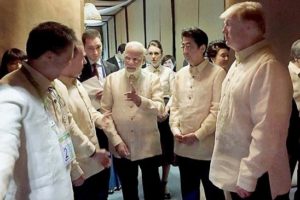 The foreign ministry
The foreign ministry The Officials of QUAD member countries met in Singapore on November 15, 2018 for consultation on regional & global issues of common interest. The main discussion revolved around connectivity, sustainable development, counter-terrorism, maritime and cyber security, with the view to promote peace, stability and prosperity in the
The Officials of QUAD member countries met in Singapore on November 15, 2018 for consultation on regional & global issues of common interest. The main discussion revolved around connectivity, sustainable development, counter-terrorism, maritime and cyber security, with the view to promote peace, stability and prosperity in the  The 23rd edition of trilateral Malabar maritime exercise between India, US and Japan took place on 26 September- 04 October, 2019 off the coast of Japan.
The 23rd edition of trilateral Malabar maritime exercise between India, US and Japan took place on 26 September- 04 October, 2019 off the coast of Japan.  After the first ministerial level meeting of QUAD in September, 2019, the senior officials of US, Japan, India and Australia again met for consultations in Bangkok on the margins of the East Asia Summit. Statements were issued separately by the four countries. Indian Ministry of External Affairs said “In statements issued separately by the four countries, MEA said, “proceeding from the strategic guidance of their Ministers, who met in New York City on the sidelines of the UN General Assembly recently, the officials exchanged views on ongoing and additional practical cooperation in the areas of connectivity and infrastructure development, and security matters, including counterterrorism, cyber and maritime security, with a view to promoting peace, security, stability, prosperity in the Indo-Pacific region.”
After the first ministerial level meeting of QUAD in September, 2019, the senior officials of US, Japan, India and Australia again met for consultations in Bangkok on the margins of the East Asia Summit. Statements were issued separately by the four countries. Indian Ministry of External Affairs said “In statements issued separately by the four countries, MEA said, “proceeding from the strategic guidance of their Ministers, who met in New York City on the sidelines of the UN General Assembly recently, the officials exchanged views on ongoing and additional practical cooperation in the areas of connectivity and infrastructure development, and security matters, including counterterrorism, cyber and maritime security, with a view to promoting peace, security, stability, prosperity in the Indo-Pacific region.” US 2+2 Ministerial Dialogue was held on 18 December, 2019, in Washington DC. Secretary of State Michael R. Pompeo and Secretary of Defense Mark T. Esper will host Indian Minister of External Affairs Dr. S. Jaishankar and Minister of Defense Shri Rajnath Singh. The discussion focussed on deepening bilateral strategic and defense cooperation, exchanging perspectives on global developments, and our shared leadership in the Indo-Pacific region.The two democracies signed the Industrial Security Annex before the 2+2 Dialogue. Assessments of the situation in Afghanistan, Pakistan, Nepal, Sri Lanka, and the Indian Ocean region in general were shared between both countries. (
US 2+2 Ministerial Dialogue was held on 18 December, 2019, in Washington DC. Secretary of State Michael R. Pompeo and Secretary of Defense Mark T. Esper will host Indian Minister of External Affairs Dr. S. Jaishankar and Minister of Defense Shri Rajnath Singh. The discussion focussed on deepening bilateral strategic and defense cooperation, exchanging perspectives on global developments, and our shared leadership in the Indo-Pacific region.The two democracies signed the Industrial Security Annex before the 2+2 Dialogue. Assessments of the situation in Afghanistan, Pakistan, Nepal, Sri Lanka, and the Indian Ocean region in general were shared between both countries. (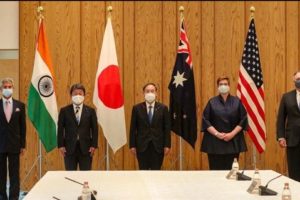 The foreign ministers of QUAD continued their discussions from the last ministerial level meeting in 2019, on 6 October, 2020. While there was no joint statement released, all countries issued individual readouts. As per the issue readout by India, the discussion called for a coordinated response to the challenges including financial problems emanating from the pandemic, best practices to combat Covid-19, increasing the resilience of supply chains, and enhancing access to affordable vaccines, medicines and medical equipment. There was also a focus on maintaining stability in the Indo-Pacific region amidst growing tensions. Australian media release mentions “We emphasised that, especially during a pandemic, it was vital that states work to ease tensions and avoid exacerbating long-standing disputes, work to counter disinformation, and refrain from malicious cyberspace activity. Ministers reiterated that states cannot assert maritime claims that are inconsistent with international law, particularly the United Nations Convention on the Law of the Sea (UNCLOS).”
The foreign ministers of QUAD continued their discussions from the last ministerial level meeting in 2019, on 6 October, 2020. While there was no joint statement released, all countries issued individual readouts. As per the issue readout by India, the discussion called for a coordinated response to the challenges including financial problems emanating from the pandemic, best practices to combat Covid-19, increasing the resilience of supply chains, and enhancing access to affordable vaccines, medicines and medical equipment. There was also a focus on maintaining stability in the Indo-Pacific region amidst growing tensions. Australian media release mentions “We emphasised that, especially during a pandemic, it was vital that states work to ease tensions and avoid exacerbating long-standing disputes, work to counter disinformation, and refrain from malicious cyberspace activity. Ministers reiterated that states cannot assert maritime claims that are inconsistent with international law, particularly the United Nations Convention on the Law of the Sea (UNCLOS).”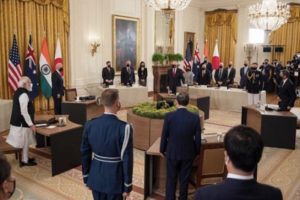 On September 24, President Biden hosted Prime Minister Scott Morrison of Australia, Prime Minister Narendra Modi of India, and Prime Minister Yoshihide Suga of Japan at the White House for the first-ever in-person Leaders’ Summit of the QUAD. The leaders released a Joint Statement which summarised their dialogue and future course of action. The regional security of the Indo-Pacific and strong confidence in the ASEAN remained on the focus along with response to the Pandemic.
On September 24, President Biden hosted Prime Minister Scott Morrison of Australia, Prime Minister Narendra Modi of India, and Prime Minister Yoshihide Suga of Japan at the White House for the first-ever in-person Leaders’ Summit of the QUAD. The leaders released a Joint Statement which summarised their dialogue and future course of action. The regional security of the Indo-Pacific and strong confidence in the ASEAN remained on the focus along with response to the Pandemic. 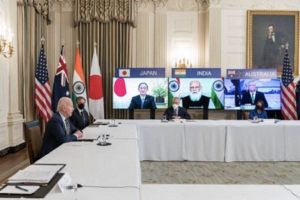 The QUAD Vaccine Partnership was announced at the first QUAD Summit on 12 March 2021 where QUAD countries agreed to deliver 1.2 billion vaccine doses globally. The aim was to expand and finance vaccine manufacturing and equipping the Indo-Pacific to build resilience against Covid-19. The launch of a senior-level QUAD Vaccine Experts Group, comprised of top scientists and officials from all QUAD member governments was also spearheaded.
The QUAD Vaccine Partnership was announced at the first QUAD Summit on 12 March 2021 where QUAD countries agreed to deliver 1.2 billion vaccine doses globally. The aim was to expand and finance vaccine manufacturing and equipping the Indo-Pacific to build resilience against Covid-19. The launch of a senior-level QUAD Vaccine Experts Group, comprised of top scientists and officials from all QUAD member governments was also spearheaded.  Although the Tsunami Core group had to be disbanded on fulfilment of its purpose, however the quadrilateral template that formed remained intact as a successful scaffolding of four countries, as stated by authors Patrick Gerard Buchan and Benjamin Rimland in their diplomatic brief about QUAD ( you can access the brief at
Although the Tsunami Core group had to be disbanded on fulfilment of its purpose, however the quadrilateral template that formed remained intact as a successful scaffolding of four countries, as stated by authors Patrick Gerard Buchan and Benjamin Rimland in their diplomatic brief about QUAD ( you can access the brief at  Secretary of State Colin Powell stated that the Core Tsunami Group was to be disbanded and folded and clubbed with the broader United Nations led Relief Operations. In a Tsunami Relief Conference in Jakarta, Secretary Powell stated that
Secretary of State Colin Powell stated that the Core Tsunami Group was to be disbanded and folded and clubbed with the broader United Nations led Relief Operations. In a Tsunami Relief Conference in Jakarta, Secretary Powell stated that 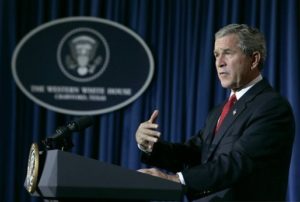 Soon after the Earthquake and Tsunami crisis, humanitarian reliefs by countries, viz., US, India, Japan, and Australia started to help the 13 havoc-stricken countries. The US initially promised $ 35 Millions in aid. However, on 29
Soon after the Earthquake and Tsunami crisis, humanitarian reliefs by countries, viz., US, India, Japan, and Australia started to help the 13 havoc-stricken countries. The US initially promised $ 35 Millions in aid. However, on 29 At 7:59AM local time, an earthquake of 9.1 magnitude (undersea) hit the coast of Sumatra, an Indonesian island. As a result of the same, massive waves of Tsunami triggered by the earthquake wreaked havoc for 7 hours across the Indian Ocean and to the coastal areas as far away as East Africa. The infamous Tsunami killed around 225,000 people, with people reporting the height of waves to be as high as 9 metres, i.e., 30 feet. Indonesia, Srilanka, India, Maldives, Thailand sustained horrendously massive damage, with the death toll exceeding 200,000 in Northern Sumatra’s Ache province alone. A great many people, i.e., around tens of thousands were found dead or missing in Srilanka and India, mostly from Andaman and Nicobar Islands of Indian territory. Maldives, being a low-lying country, also reported casualties in hundreds and more, with several non-Asian tourists reported dead or missing who were vacationing. Lack of food, water, medicines burgeoned the numbers of casualties, with the relief workers finding it difficult to reach the remotest areas where roads were destroyed or civil war raged. Long-term environmental damage ensued too, as both natural and man-made resources got demolished and diminished.
At 7:59AM local time, an earthquake of 9.1 magnitude (undersea) hit the coast of Sumatra, an Indonesian island. As a result of the same, massive waves of Tsunami triggered by the earthquake wreaked havoc for 7 hours across the Indian Ocean and to the coastal areas as far away as East Africa. The infamous Tsunami killed around 225,000 people, with people reporting the height of waves to be as high as 9 metres, i.e., 30 feet. Indonesia, Srilanka, India, Maldives, Thailand sustained horrendously massive damage, with the death toll exceeding 200,000 in Northern Sumatra’s Ache province alone. A great many people, i.e., around tens of thousands were found dead or missing in Srilanka and India, mostly from Andaman and Nicobar Islands of Indian territory. Maldives, being a low-lying country, also reported casualties in hundreds and more, with several non-Asian tourists reported dead or missing who were vacationing. Lack of food, water, medicines burgeoned the numbers of casualties, with the relief workers finding it difficult to reach the remotest areas where roads were destroyed or civil war raged. Long-term environmental damage ensued too, as both natural and man-made resources got demolished and diminished.
No responses yet